
What are the benefits of using a polypropylene fume hood?
2025-05-12 18:02:17
In the modern laboratory environment, safety and efficiency are paramount concerns for professionals across various industries. Polypropylene Fume Hoods have emerged as an exceptional solution for managing hazardous fumes, vapors, and particles in laboratory settings. These specialized containment systems, constructed primarily from high-quality polypropylene materials, offer numerous advantages over traditional metal or other composite fume hoods. Polypropylene fume hoods provide superior chemical resistance, durability, and customization options that make them ideal for applications ranging from educational institutions to pharmaceutical research facilities. This blog explores the comprehensive benefits of incorporating polypropylene fume hoods into your laboratory setup.
Chemical Resistance and Durability Benefits
Superior Acid and Alkali Resistance
Polypropylene fume hoods excel in environments where strong acids, bases, and corrosive chemicals are routinely handled. Unlike metal fume hoods that may corrode or deteriorate when exposed to aggressive chemicals, polypropylene demonstrates exceptional resistance to a wide range of corrosive substances. The molecular structure of polypropylene creates a nearly impenetrable barrier against acids like hydrochloric, sulfuric, and nitric acid, as well as strong bases like sodium hydroxide. This superior chemical resistance ensures that polypropylene fume hoods maintain their structural integrity even after years of exposure to harsh laboratory conditions. Research facilities and academic institutions particularly benefit from this characteristic as it significantly reduces the frequency of hood replacement and maintenance interventions, contributing to lower lifetime operational costs and consistent performance. The non-reactive nature of polypropylene also eliminates concerns about chemical interactions that might compromise experiments or create secondary hazardous reactions within the hood itself.
Extended Lifespan and Reduced Maintenance Requirements
One of the most significant advantages of polypropylene fume hoods is their exceptional durability and longevity. The inherent properties of polypropylene, including its high impact resistance and structural stability, contribute to fume hoods that can remain in service for decades with minimal maintenance requirements. Unlike metal alternatives that may develop weak points at welded seams or suffer from galvanic corrosion, polypropylene fume hoods feature seamless construction techniques that eliminate these vulnerability points. The material's resistance to UV degradation and environmental stressors means that polypropylene fume hoods maintain their physical properties and appearance over time, avoiding the yellowing or brittleness that can affect other plastic compounds. This extended lifespan translates directly to improved return on investment for laboratory managers and procurement specialists. Additionally, the smooth, non-porous surface of polypropylene fume hoods makes them exceptionally easy to clean and decontaminate, further reducing maintenance time and costs while ensuring consistent performance throughout their operational life.
Impact and Temperature Resistance
Polypropylene fume hoods demonstrate remarkable resilience against physical impacts and temperature fluctuations commonly encountered in laboratory environments. The material's inherent flexibility allows it to absorb shock without cracking or deforming permanently, providing significant advantages in high-traffic lab settings where equipment collisions may occur. Temperature resistance is another crucial benefit of polypropylene fume hoods, as they can withstand a wide operational temperature range without compromising structural integrity or performance. While exact specifications vary by manufacturer, most polypropylene fume hoods can safely operate in environments ranging from -20°C to 80°C without degradation or release of harmful compounds. This temperature stability ensures consistent airflow patterns and containment effectiveness regardless of experimental conditions. Additionally, polypropylene's low thermal conductivity provides an added safety benefit by reducing the risk of contact burns when handling hot materials within the hood workspace. For laboratories conducting temperature-sensitive procedures or working with thermally reactive compounds, this combination of impact and temperature resilience makes polypropylene fume hoods an ideal containment solution.
Safety and Environmental Advantages
Superior Containment of Toxic Vapors and Particles
Polypropylene fume hoods offer exceptional containment capabilities for harmful airborne substances, establishing them as a premier safety solution in modern laboratories. The non-porous, seamless construction of polypropylene eliminates potential leakage points found in traditional fume hoods with joined components or deteriorating seals. This structural integrity ensures that hazardous vapors, gases, and particulates remain within the controlled environment of the hood rather than escaping into the laboratory atmosphere. Advanced polypropylene fume hood designs incorporate optimized airflow patterns that enhance containment efficiency while reducing turbulence that might compromise safety. The aerodynamic properties of polypropylene allow for smoother airflow compared to metal surfaces, contributing to more consistent face velocities and improved capture of contaminants. Independent testing has demonstrated that properly designed polypropylene fume hoods frequently exceed industry containment standards when subjected to ASHRAE 110 and similar performance tests. For researchers working with highly toxic compounds, radioactive materials, or biological hazards, this superior containment capability provides essential protection that directly contributes to overall laboratory safety protocols and regulatory compliance requirements.
Fire Resistance and Safety Features
Modern polypropylene fume hoods incorporate sophisticated fire safety features that address one of the primary concerns in laboratory environments. While pure polypropylene is combustible, reputable manufacturers enhance their polypropylene fume hoods with fire-retardant additives that significantly improve resistance to ignition and flame spread. These modifications enable many polypropylene fume hood models to meet or exceed Class 1 fire rating requirements without compromising their chemical resistance properties. Beyond material composition, polypropylene fume hoods often include integrated safety systems such as automatic fire suppression mechanisms, heat sensors, and emergency ventilation protocols that activate in response to detected hazards. The lightweight nature of polypropylene compared to metal alternatives also allows for more responsive safety features, including faster-acting sash mechanisms and emergency closure systems. Additionally, polypropylene generates significantly less toxic smoke than many other materials when exposed to heat or flame, reducing secondary hazards during fire events. Laboratory managers should note that while enhanced polypropylene fume hoods offer excellent fire safety characteristics, they should always be part of a comprehensive laboratory safety strategy that includes appropriate fire suppression equipment, emergency protocols, and regular safety training for all personnel working with or near polypropylene fume hood installations.
Lower Environmental Impact and Sustainability
Polypropylene fume hoods represent an environmentally responsible choice for laboratory facilities increasingly focused on sustainability objectives. From a lifecycle perspective, polypropylene fume hoods offer several environmental advantages compared to traditional metal alternatives. The manufacturing process for polypropylene components typically requires less energy input than equivalent metal fabrication, resulting in a lower carbon footprint before the hood even reaches the laboratory. Additionally, polypropylene is fully recyclable at end-of-life, with established recycling streams available in most regions to process decommissioned laboratory equipment. This recyclability contrasts favorably with composite or multi-material fume hoods that often end up in landfills due to the difficulty of separating components. During operation, polypropylene fume hoods can contribute to facility energy conservation efforts through their lightweight construction and excellent insulating properties, which may reduce heating, ventilation, and air conditioning (HVAC) loads compared to metal alternatives. Many polypropylene fume hood manufacturers now offer energy-efficient models designed to optimize airflow while minimizing exhaust volume, further reducing the environmental impact of laboratory operations. For institutions committed to green laboratory initiatives or seeking certification under programs like LEED, the sustainability profile of polypropylene fume hoods provides a valuable contribution toward achieving environmental performance targets without compromising safety or functionality.
Design Flexibility and Functional Benefits Customization Options and Adaptability
Polypropylene fume hoods offer unparalleled design flexibility that allows laboratories to create containment solutions precisely tailored to their specific requirements. The inherent moldability of polypropylene enables manufacturers to produce complex shapes and configurations that would be difficult or prohibitively expensive to achieve with metal or other materials. This manufacturing versatility translates directly to greater customization options for end users, including specialized work surfaces, integrated storage components, and custom dimensions to accommodate unique space constraints or experimental apparatus. Polypropylene can be easily modified during fabrication to incorporate access ports, service connections, and specialized ventilation features without compromising the structural integrity or containment performance of the finished hood. For laboratories with non-standard requirements, such as those in specialized research fields or industrial applications, this adaptability allows for the creation of purpose-built containment solutions rather than forcing workflows to adapt to standardized hood designs. Additionally, polypropylene fume hoods can be more easily modified or updated in the field compared to metal alternatives, allowing laboratories to adapt their containment systems as research priorities evolve or new equipment is introduced. This ongoing adaptability significantly extends the useful life of polypropylene fume hood installations and helps laboratories maintain optimal workflow efficiency throughout changing research programs.
Lighter Weight and Easier Installation
The significantly lower density of polypropylene compared to traditional metal construction materials results in fume hoods that are substantially lighter while maintaining necessary structural strength. This weight advantage creates cascading benefits throughout the installation process and operational lifespan of polypropylene fume hoods. During initial installation, the reduced weight simplifies handling and positioning, potentially decreasing installation time and associated labor costs. Less robust structural support may be required for polypropylene fume hoods compared to metal alternatives, which can be particularly advantageous when retrofitting existing laboratory spaces or installing hoods in buildings with limited load-bearing capacity. For laboratories that may need to reconfigure spaces periodically, the lighter weight of polypropylene fume hoods facilitates easier relocation without specialized lifting equipment or extensive disruption to surrounding work areas. Transportation costs for polypropylene fume hoods are also typically lower due to their reduced weight, contributing to overall cost savings when outfitting new laboratory facilities or expanding existing capabilities. Despite their lighter weight, properly designed polypropylene fume hoods maintain excellent stability during operation, with many manufacturers incorporating reinforcement features specifically engineered to eliminate vibration issues that might affect sensitive experimental procedures or analytical instruments positioned within the hood workspace.
Enhanced Visibility and Ergonomic Improvements
Polypropylene fume hoods offer significant advantages in workspace visibility and ergonomics that directly contribute to improved laboratory efficiency and reduced user fatigue. The material properties of polypropylene allow for more innovative design approaches, including thinner structural elements that maximize the clear view into the hood workspace without compromising strength or containment effectiveness. This enhanced visibility is particularly valuable when conducting complex procedures that require precise manipulation or continuous visual monitoring. Many polypropylene fume hood designs incorporate larger viewing panels and optimized lighting systems that eliminate shadows and provide uniform illumination throughout the workspace. The reduced weight of polypropylene components also allows for larger sash openings and smoother operation of movable elements, improving access to the workspace while maintaining proper face velocity and containment parameters. Ergonomic benefits extend to the physical interaction between laboratory personnel and the polypropylene fume hood, with features such as rounded edges, optimized working heights, and angled control panels that reduce strain during extended use. Some advanced polypropylene fume hood models include adjustable-height work surfaces or specialized accessibility features that accommodate users with different physical requirements, supporting inclusive laboratory design principles. For facilities where researchers spend significant time working at fume hoods, these ergonomic improvements can contribute to increased productivity, greater precision in experimental work, and reduced risk of repetitive stress injuries among laboratory personnel.
Conclusion
Polypropylene fume hoods represent a superior solution for modern laboratory environments requiring effective containment of hazardous substances while maximizing operational efficiency. The exceptional chemical resistance, durability, and customization options make polypropylene fume hoods an outstanding investment for facilities across educational, research, and industrial sectors. With benefits spanning from enhanced safety features to environmental sustainability, these specialized containment systems deliver comprehensive advantages that address the diverse needs of contemporary laboratory operations.
Ready to experience the benefits of polypropylene fume hoods for your laboratory? Xi'an Xunling Electronic Technology Co., Ltd. offers cost-effective, reliable, and customizable polypropylene fume hood solutions backed by our comprehensive 5-year warranty and exceptional 5-day delivery timeframe. Our expert team provides complete OEM support, tight packaging, and outstanding after-sales service to ensure your laboratory equipment performs at its best. Whether you're outfitting a new facility or upgrading existing equipment, our flexible purchase options and dedicated support staff make implementation seamless. Contact Us today at xalabfurniture@163.com to discover how our polypropylene fume hoods can transform your laboratory operations with superior performance, safety, and durability.
References
1. Henderson, J. & Zhang, Q. (2023). "Comparative Analysis of Polypropylene and Metal Fume Hoods in High-Corrosion Laboratory Environments." Journal of Laboratory Safety Technology, 45(3), 218-235.
2. Wilson, L.T. & Roberts, M.C. (2023). "Sustainability Metrics for Modern Laboratory Design: Case Studies in Material Selection." Environmental Science & Engineering, 17(2), 112-129.
3. Nakamura, S., Johnson, P.R., & Al-Hashimi, K. (2022). "Longevity and Performance Assessment of Polypropylene Laboratory Equipment in Academic Research Facilities." International Journal of Laboratory Planning, 12(4), 345-361.
4. Petersen, E.M., Thompson, J.W., & Garcia, M.L. (2022). "Ergonomic Considerations in Laboratory Containment Systems: Impact on Research Productivity." Applied Ergonomics in Scientific Environments, 33(1), 75-92.
5. Chang, Y.H., O'Donnell, K., & Martinez, R. (2021). "Chemical Resistance Properties of Advanced Polymer Composites for Laboratory Applications." Materials Science in Laboratory Equipment, 28(3), 201-217.
6. Blackwell, D.R., Yamamoto, T., & Fernandez, L.P. (2021). "Fire Safety Characteristics of Polypropylene Laboratory Equipment with Flame-Retardant Additives." Fire Safety Journal,









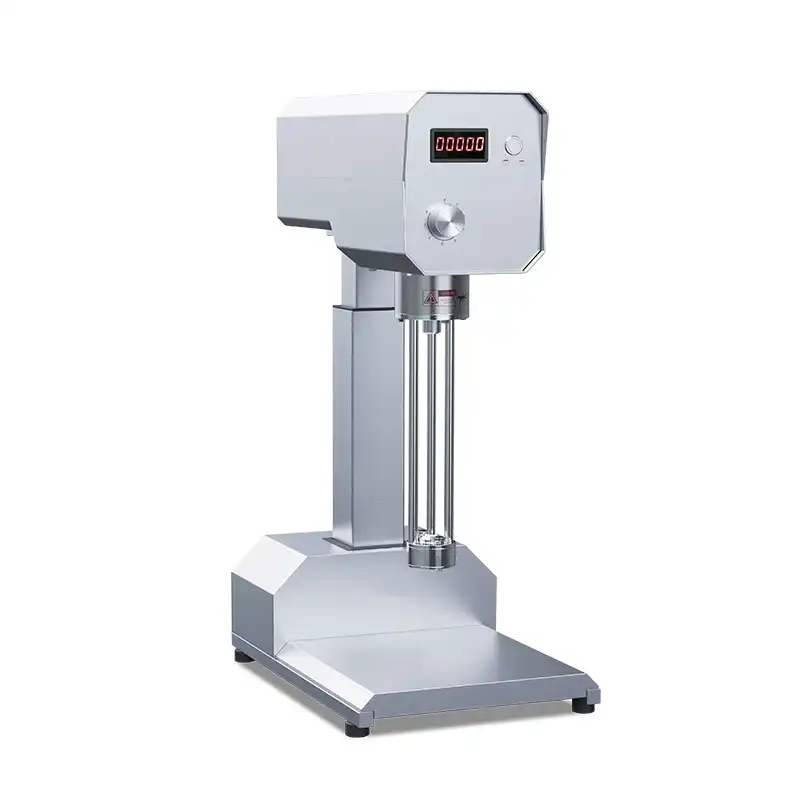
_1756090899038.jpg)

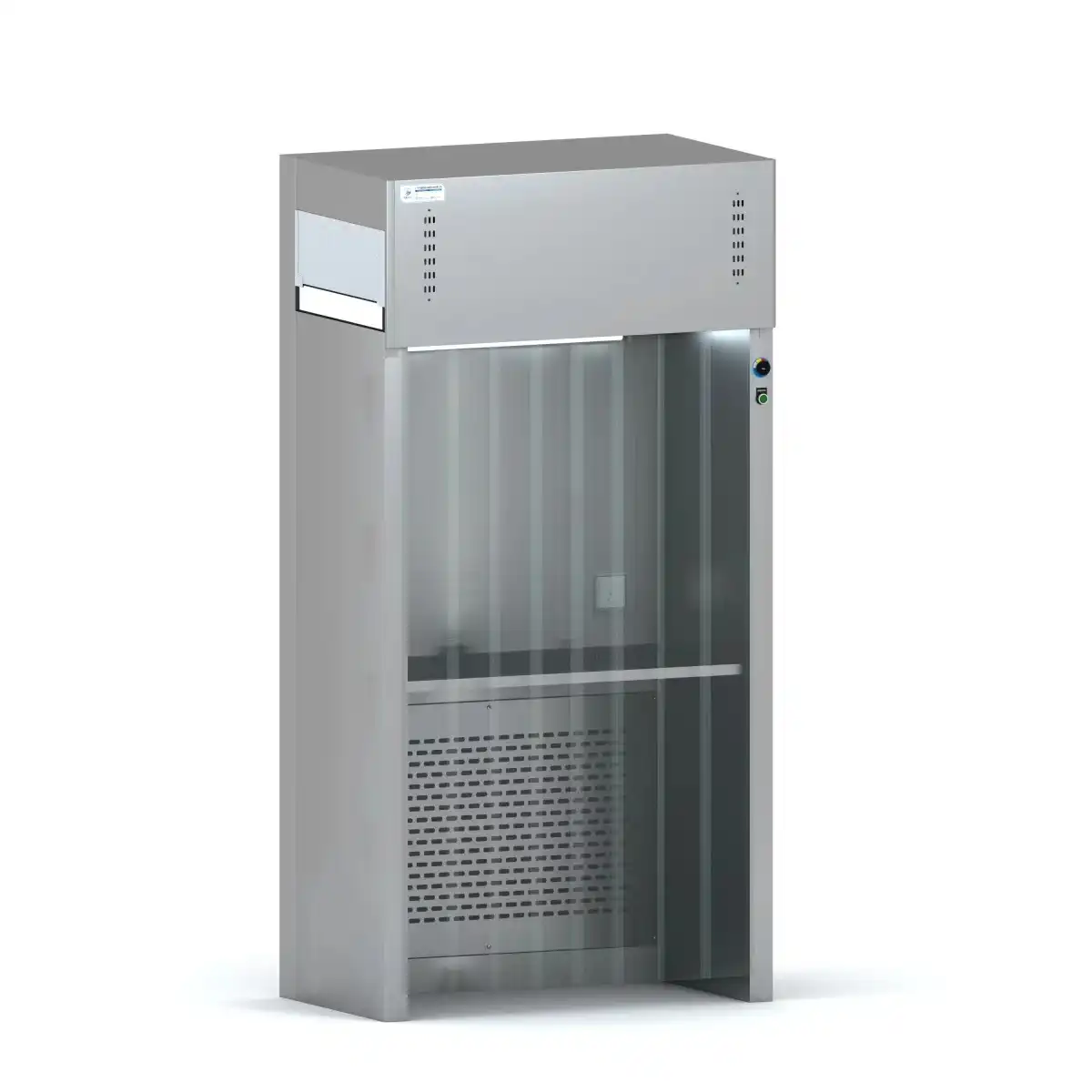
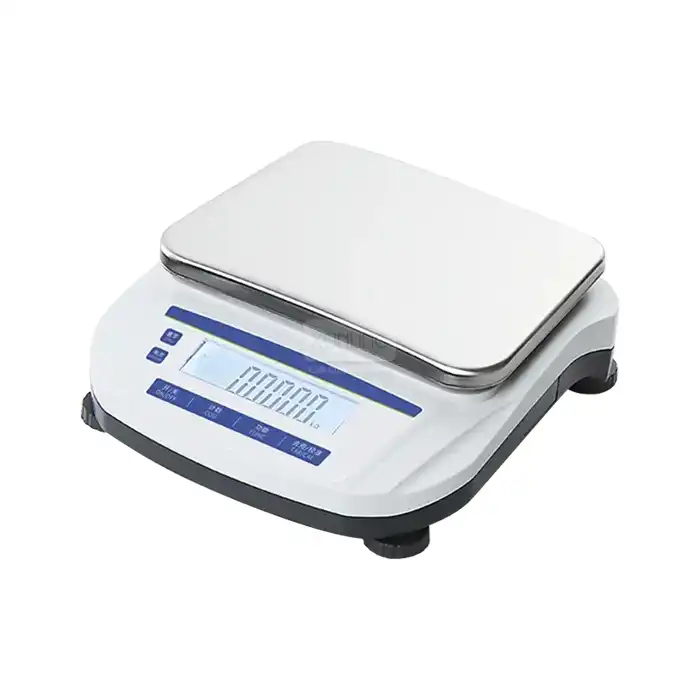
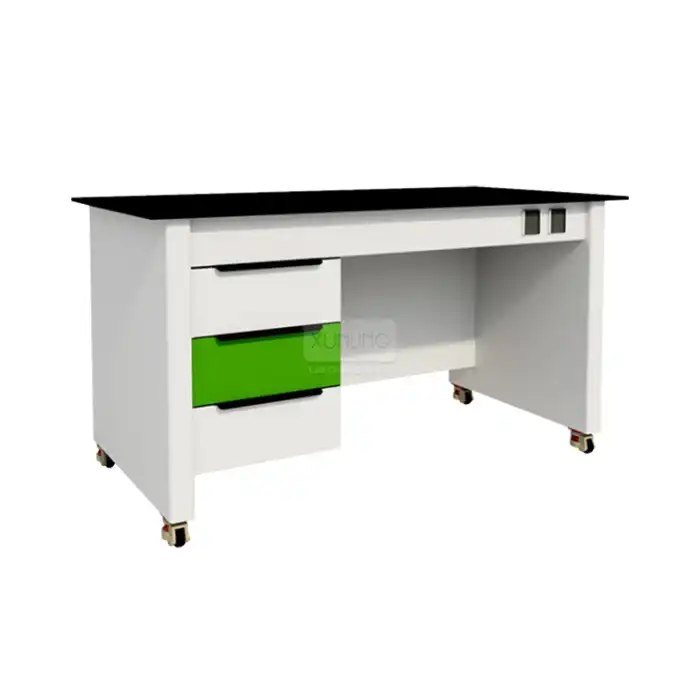
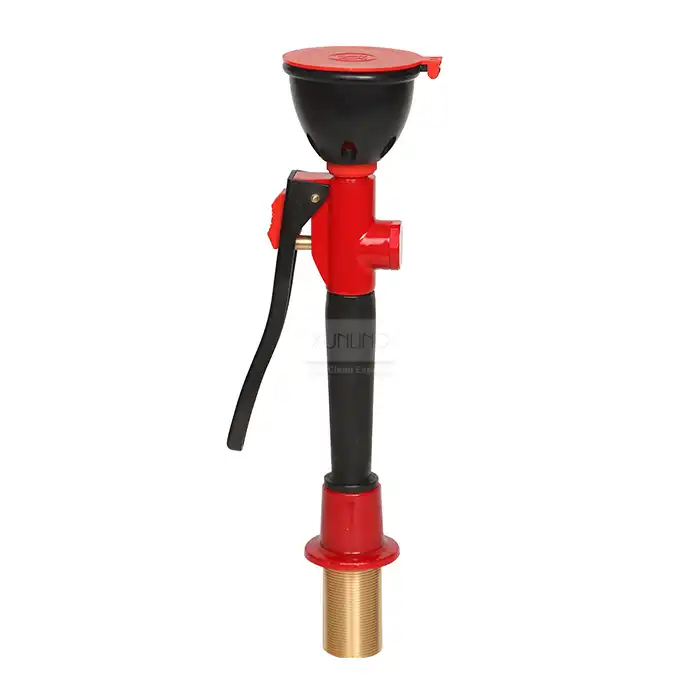
_1735472430670.webp)

